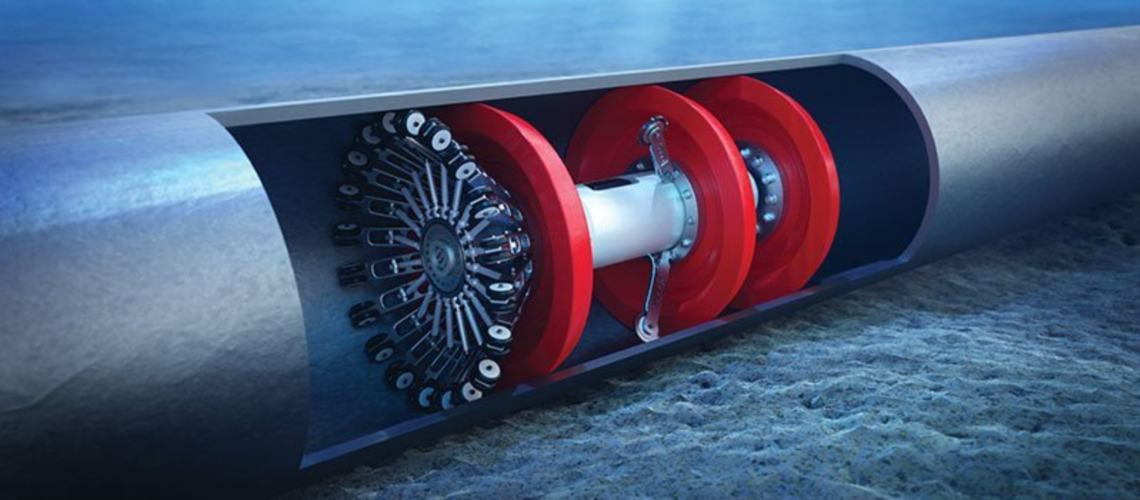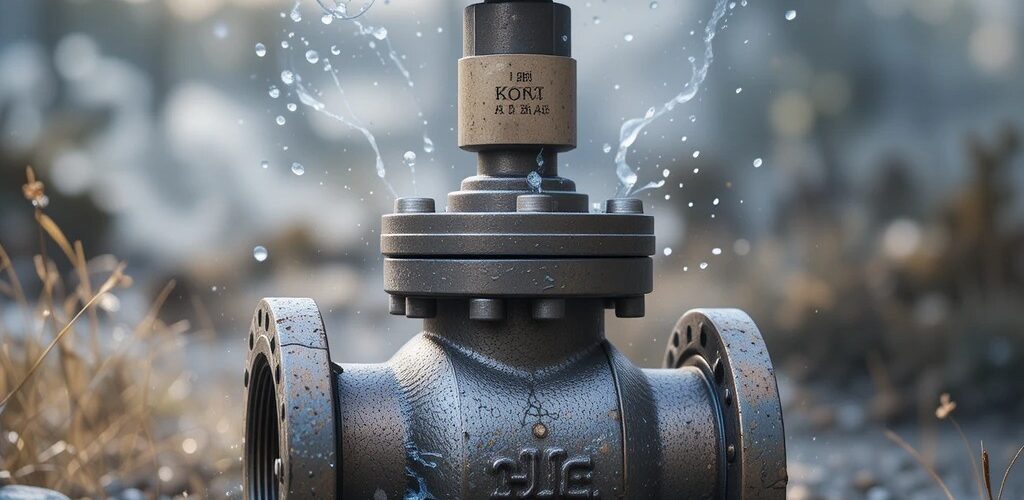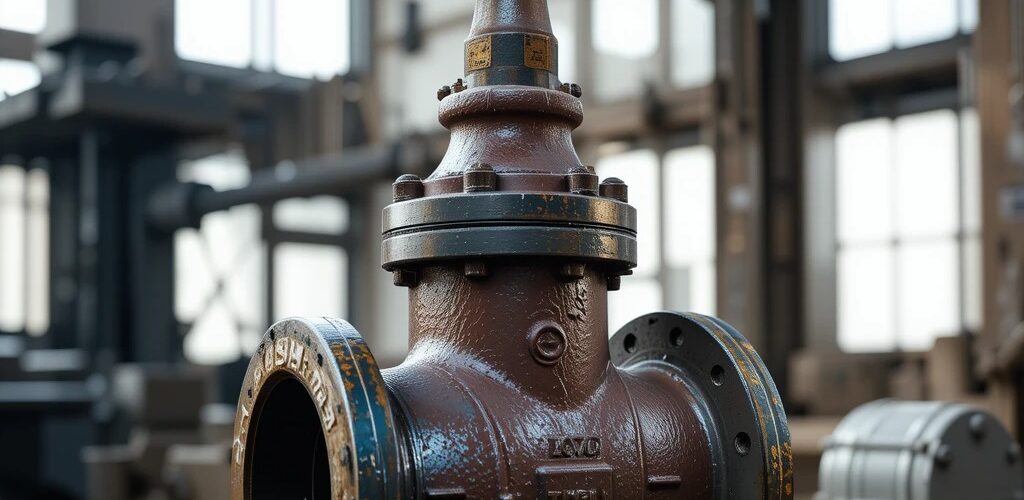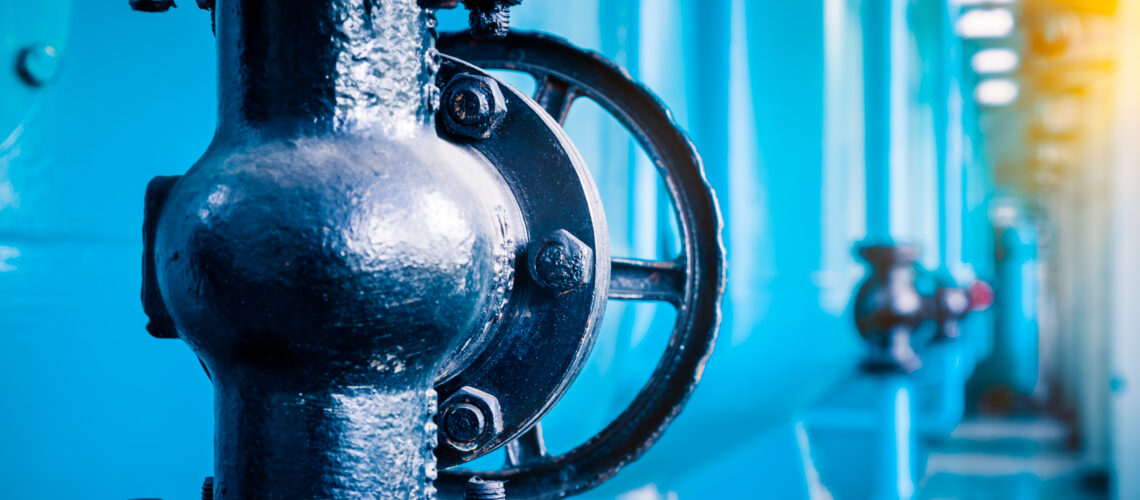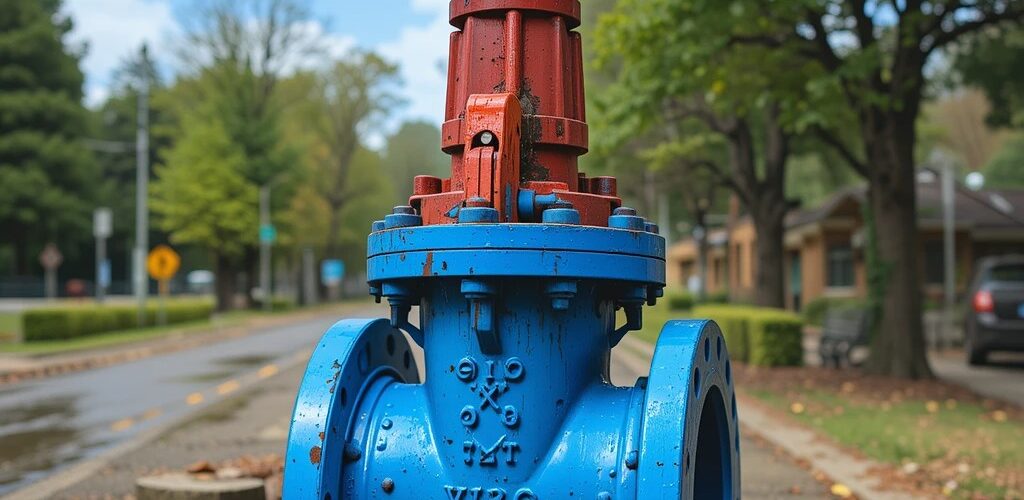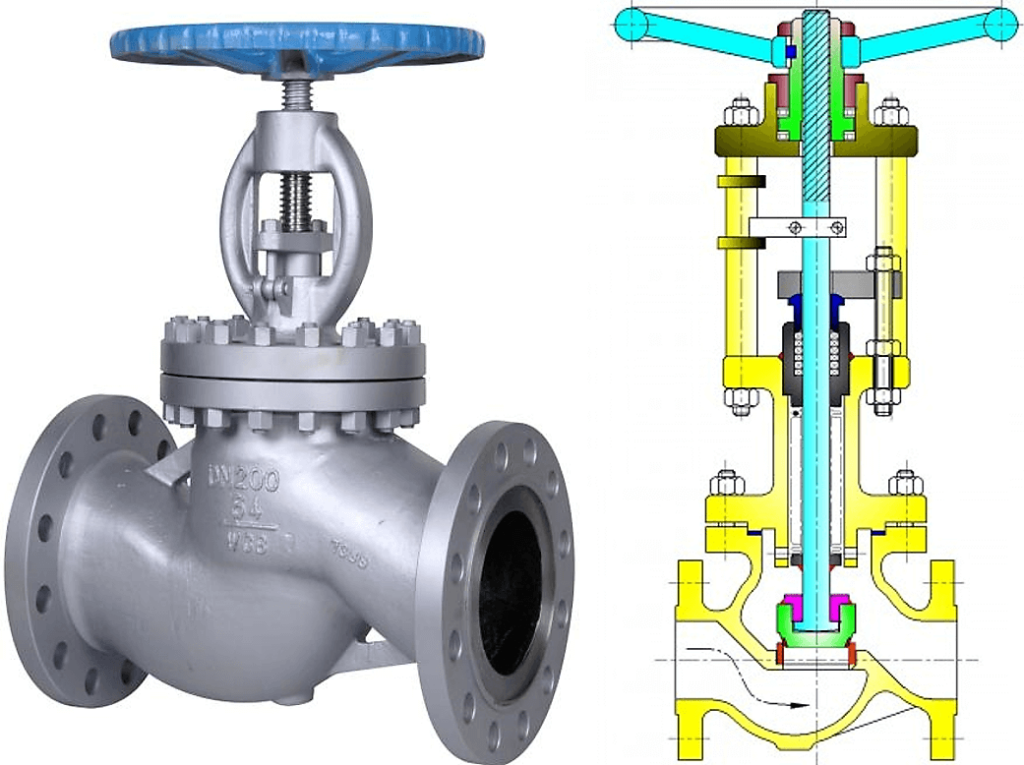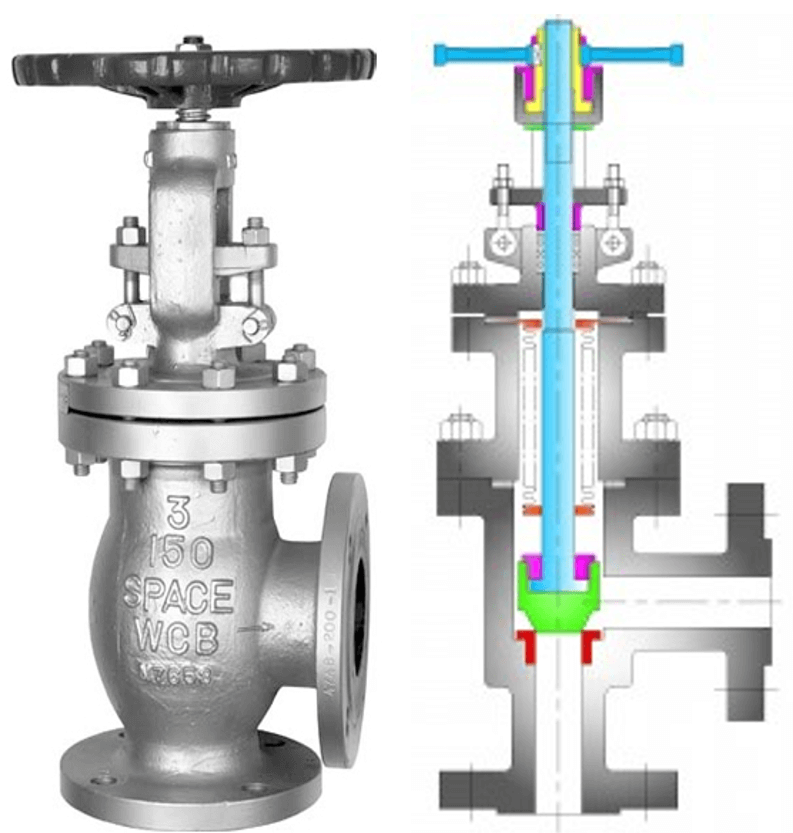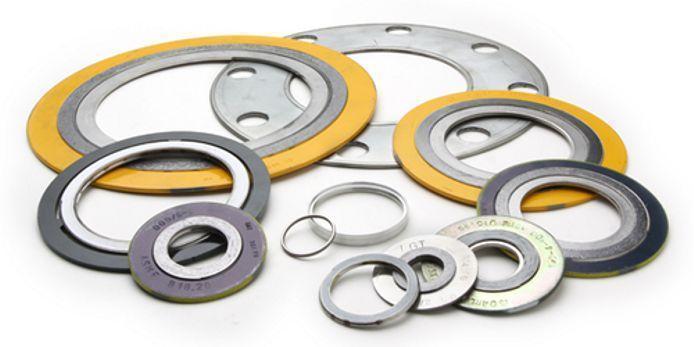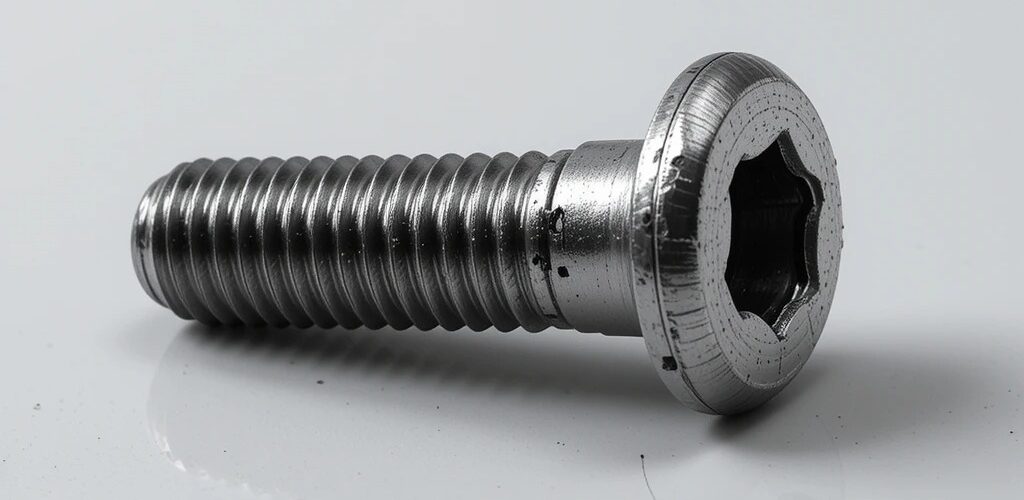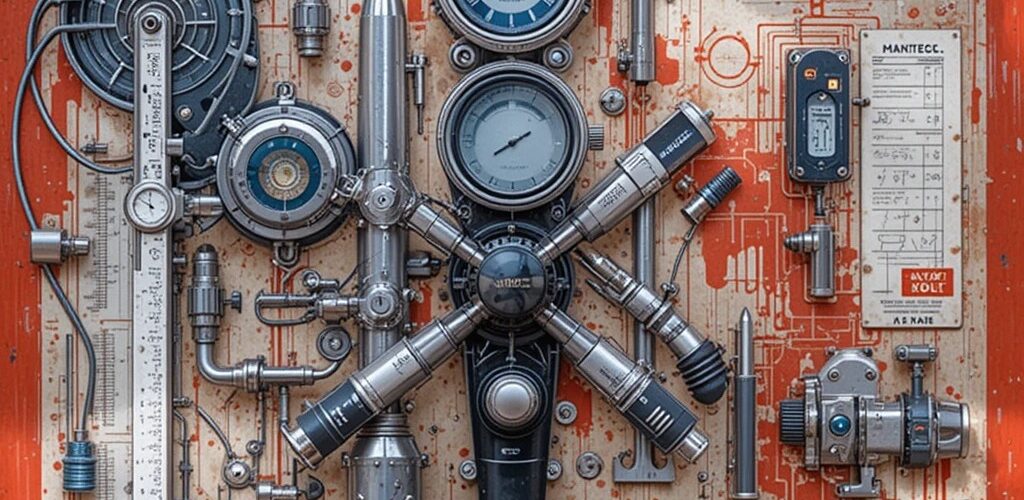How to Perform Stress Analysis Calculations for Pipelines
Stress analysis ensures the pipeline is safe against all loading conditions throughout its life: pressure, temperature, weight, seismic, settlement, occasional loads (wind, earthquake, PSV reaction), and buried/subsea effects.
1. When Is Stress Analysis Required?
| Case | Mandatory? | Code/Reference |
|---|---|---|
| ASME B31.3 (Process Piping) | Yes if high T or large ΔT | B31.3 §301.4 |
| ASME B31.4 (Liquid Pipelines) | Yes for all above-ground & critical buried | B31.4 §401.5 |
| ASME B31.8 (Gas Pipelines) | Yes for compressor stations, above-ground spans | B31.8 §833 |
| ASME B31.8S + API 579 | Flexibility + Fitness-for-Service | |
| DNV-OS-F101 / ISO 13628 | Subsea pipelines & risers | |
| Buried pipelines > DN400 or ΔT > 50°C | Usually required (causes longitudinal stress) |
2. Types of Stress Analysis
| Type | What It Checks | Code Limits |
|---|---|---|
| Flexibility Analysis | Sustained + Expansion (thermal, settlement) | B31.3, B31.4, B31.8 |
| Occasional Analysis | Sustained + Wind/Earthquake/PSV | < 1.33 × Sh or 1.5 × Sh |
| Fatigue Analysis | Cyclic thermal or pressure (especially risers) | SN curves (DNV, API) |
| Buckling / Collapse | Buried (traffic) or subsea (external pressure) | DNV-OS-F101, API 1111 |
| Fracture Mechanics | Crack-like defects | BS 7910, API 579 |
3. Step-by-Step Calculation Procedure (ASME B31.3 Example)
Step 1 – Define Load Cases (B31.3 Table 320.1)
| Load Case | Combination | Purpose |
|---|---|---|
| Sustained | W + P (internal pressure + weight) | Hoop + longitudinal stress |
| Expansion | T1 – T2 (thermal expansion) | Flexibility stress range |
| Occasional | W + P + Wind or Earthquake or PSV | Allowable 1.33 Sh |
| Operating | W + P + T | Displacement check |
Step 2 – Calculate Primary Stresses (Pressure + Weight)
Hoop stress (always checked):
σ_h = P × (D₀ – t) / (2t) ≤ Sh
Longitudinal sustained:
σ_L = P × D / (4t) + M_z / Z (bending from weight) ≤ Sh
Step 3 – Calculate Thermal Expansion Stress Range (Secondary)
Displacement stress range SE:
SE = √[ (ii × Mi)² + (io × Mo)² + 4 × Mt² ] / Z ≤ SA
Where:
- SA = f (1.25 Sc + 0.25 Sh) (f = cycle factor)
- ii, io = in-plane & out-plane stress intensification factors (B31.3 Appendix D)
Step 4 – Software Workflow
| Software | Best For | License 2025 |
|---|---|---|
| CAESAR II (Hexagon) | #1 for ASME B31.3, B31.4, B31.8, EN 13480 | $$$ |
| AutoPIPE (Bentley) | Nuclear, buried, seismic, jacketing | $$$ |
| ROHR2 (Sigma) | Europe (EN 13480), very good buried analysis | $$ |
| START-PROF | Cheapest professional, excellent buried | $ |
| PASS/START (NTI) | Russian GOST + ASME | $ |
| SIMFLEX-II | Quick screening | Free–$ |
Step 5 – Typical CAESAR II Modeling Steps
- Input pipe properties (D, t, material, insulation, fluid)
- Define temperature & pressure cases
- Add supports/restraints:
- +Y (vertical support)
- Anchors, guides, rests, springs, expansion joints
- Add occasional loads (wind per ASCE 7-22 or EN 1991, earthquake per IBC/ASCE 7 or EN 1998)
- Run static load cases (SUS, EXP, OCC)
- Check code compliance report:
- Sustained ≤ Sh
- Expansion ≤ SA
- Occasional ≤ 1.33 Sh
- Restraint loads
- Nozzle loads on pumps/compressors (API 610/617 limits)
- Flange leakage check (ASME VIII Div.1 App.2 or EN 1591)
Step 6 – Buried Pipeline Special Cases (ASME B31.4 / B31.8)
Longitudinal stress from temperature + Poisson:
σ_L = E α ΔT – ν σ_h + bending from soil settlement
Use CAESAR II or START-PROF buried module with:
- Soil spring stiffness (ALA 2005 or EN 1998-4)
- Virtual anchor length calculation
- Maximum span between soil anchors
Step 7 – Quick Hand Calculation Example (Simple Case)
10” Sch40 carbon steel pipeline, 200 m straight run between two anchors, ΔT = 80°C, buried.
- Material A106 Gr.B → E = 203 GPa, α = 12×10⁻⁶ /°C
- Hoop stress σ_h = 90 bar × (273-8.18)/(2×8.18) ≈ 115 MPa
- Fully restrained → σ_L = E α ΔT – ν σ_h
= 203×10⁹ × 12×10⁻⁶ × 80 – 0.3 × 115×10⁶
= 194.9 – 34.5 = 160 MPa (compressive)
Allowable compressive stress ≈ 0.9 Fy = 0.9×245 = 220 MPa → OK
But you need expansion loops every ~150–300 m depending on diameter.
4. Rules of Thumb
| Parameter | Typical Limit / Rule |
|---|---|
| Max thermal stress range | < 200 MPa for CS, < 150 MPa for SS |
| Expansion loop leg length | ≈ 10 × √(D × ΔT) in meters (D in mm) |
| Allowable nozzle load | API 610 pump: 6–10 × NEMA forces |
| Minimum straight run before bend | 5–10 × D to avoid SIF errors |
| Guide spacing (above ground) | 15–25 m for DN ≤ 12”, 25–40 m for larger |
| Buried soil stiffness | Vertical 20–50 N/cm³, axial 0.5–2 N/cm³ |
5. Deliverables of a Proper Stress Analysis Report
- Critical line list
- Isometric markups with support locations
- CAESAR II input files (.c2)
- Code compliance tables (sustained, expansion, occasional)
- Restraint load summary
- Spring hanger table
- Flange leakage report
- Expansion joint or bellows datasheet
- Recommendations (add loops, change support type, etc.)
If you send me a specific line (diameter, temperature, pressure, routing sketch, support types), I can give you the exact loop size, support spacing, or run a quick CAESAR II calculation and send the results.

